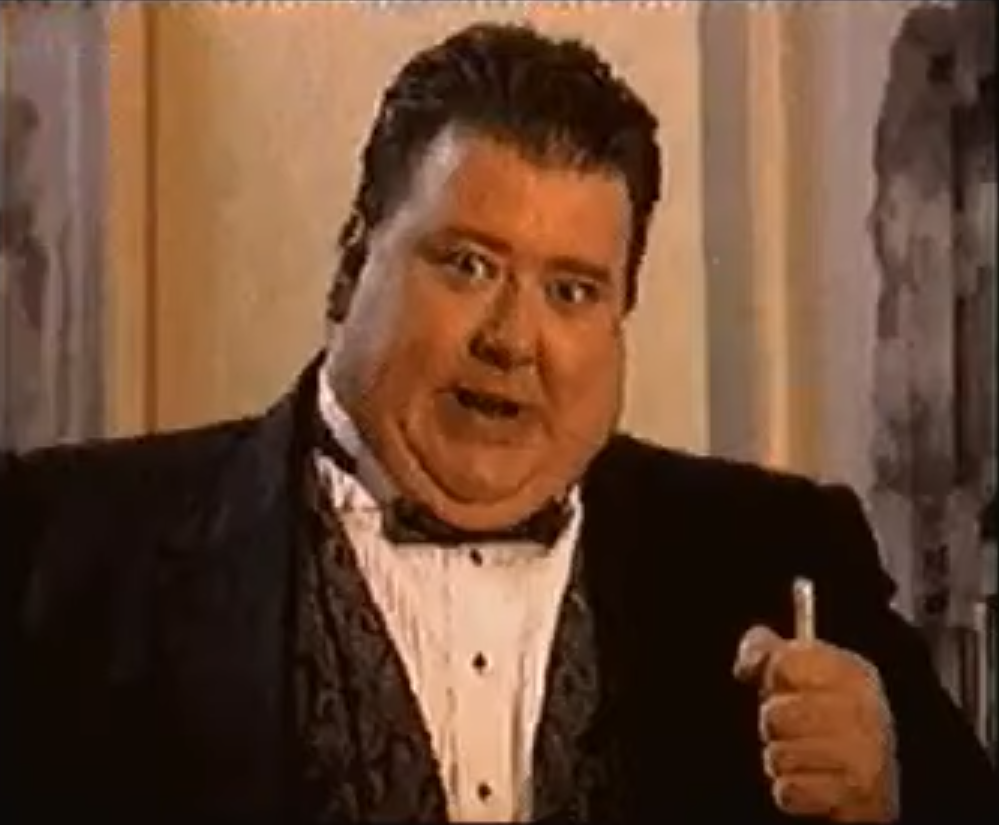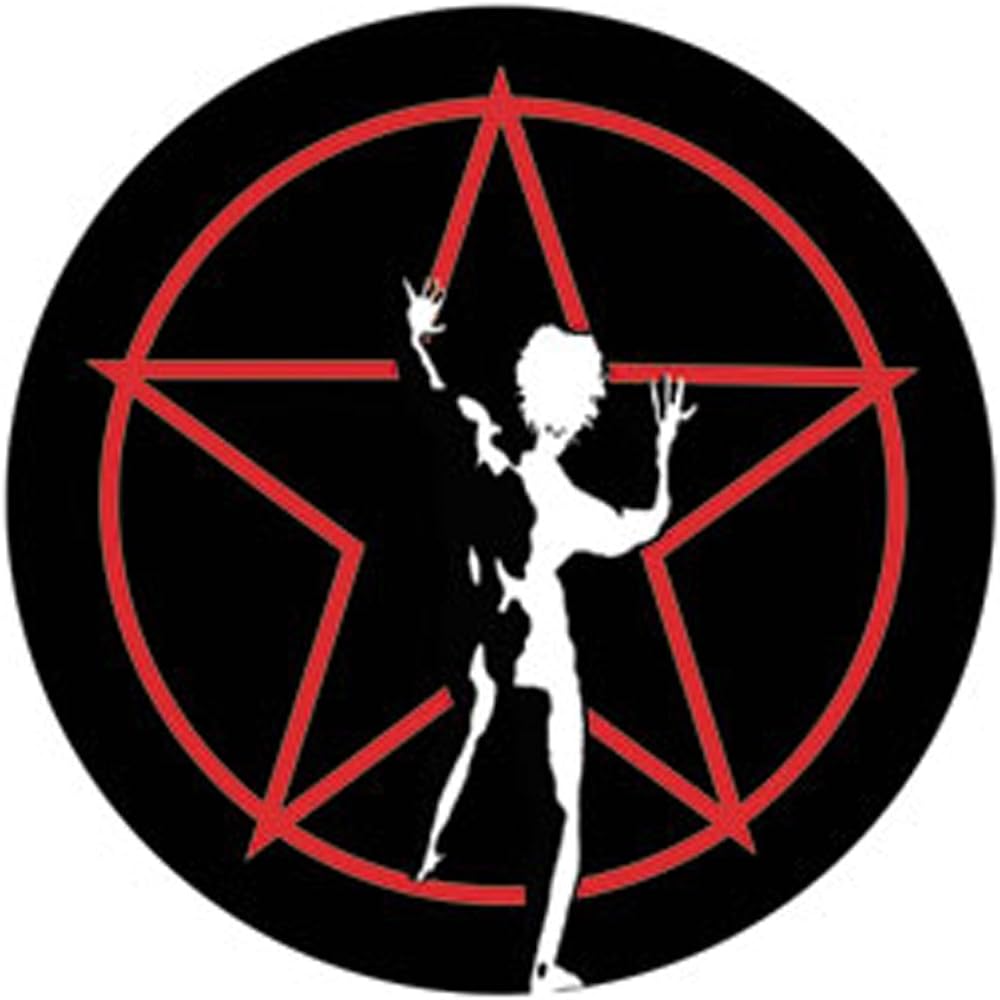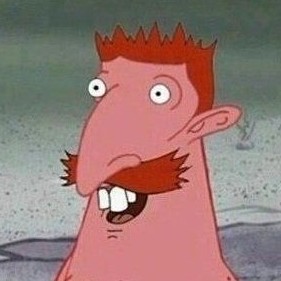My Mama says that alligators are ornery because they got all them teeth and no toothbrush
Another way to remember is that < is like a squished L, for “Less than”
This is how I always remember it
Surely in theoretical physics, the most common use of
is in a ket (eg.|ψ>).No? Not everyone’s doing work on quantum systems. Far from it. Most people do not need to use Dirac notation.
I guess not. Its just that when I hear ‘theoretical physics’ I immediately think of particle physics (and related fields). I have this idea that in most branches of physics people just say the topic, eg. astronomy, material sciences, or whatever; and don’t usually specify whether they are doing theoretical work or experimental/empirical work. But in particle physics … my impression is that people are more likely to specify. Anyway, that’s just my own bias I guess.
Crocodile want to eat cactus ?
arguably, it’s |ψ〉, which is not the same as >
wow that’s a big difference (I have no idea what you are talking about)
I think 〉 means a very hungry (or at least large mouthed) crocodile, and > is just a normal one.
It is just a notation for linear algebra and linear operators on complex vector spaces together with their dual space both in the finite-dimensional and infinite-dimensional case. Really quite simple stuff actually…
smiles and nods, smiles and nods…
Sooo, does the crocodile face to the left or to the right?
The lines are the crocodiles wide-open mouth… … but yeah, I’m not a fan of this kind of mnemonic. It requires remembering a heap of details, such as which way the crocodile is facing, and does it prefer to attack the larger number or the smaller number - and how the relates to negatives… Which I think is surely more difficult than just remembering that the large end of the wedge is the larger number, and the small edge of the wedge is the smaller number.
That said, having multiple different ways of remembering something is often helpful, particularly when getting started. (I remember having a bunch of different ways to remember which was “left” and which was “right” when I was a child. But now I don’t think about any of those things anymore.)
“How do you know if someone is doing a phd in physics?”
Ehh
- They tend to get the sign wrong, or straight up not know it and end every sentence with “or the other way around”
- their room is a mess
- they have a soldering iron and a box full of Arduinos/Rasberry Pis/ESPs
- they have weird hobbies, (or none, because their work is sufficiently shaped like weird hobbies/obsessions)
- they regularly say “local minimum” and “higher order effects”
What did I forget?
I’m a mechanical engineer, and I often have to do a double thumbs up with my hands like b_d. It’s the only way I can remember what comes first in the alphabet. In danish you spell boat båd, and if you mess up the order the b and d will be on the outside of the boat and drown, like dåb. Still works 20 years later
I still have to mentally sing the alphabet song to double check I got the order right.
Am librarian and can confirm: we all do this. It mostly comes up when shelving or retrieving books.
Do you have dyslexia or something like that by chance? I don’t think I’ve met anyone who gets confused between b and d. (No offense, I’m just intrigued)
I don’t have dyslexia. But I did only learn how to read and write in 5th grade.
Indicative of the fact this approach is counterintuitive to our thinking, but we’re too stupid to adopt a new way to show it.
It’s not. This is schools failing worldwide to teach math in an adequate form.
It’s a thing that I’ve always thought that people over-complicate. It’s just there, the small side with the small number the big side with the big number…
“The entirety of the small number constitutes a relatively smaller portion of the big number. Thus, the open side of > points to the smaller number to indicate that it’s a magnified view within the larger number.”
I hope this helps overcomplicate things for you. We must all return to crocodile.
Crocodile? Are you guys from Florida? In Europe we learned it as duck beak, it just makes much more sense, where are the teeth? Nowhere it’s not an alligator mouth it’s a beak
Nono, we don’t do math in Florida anymore. Also we’d be more likely to use “alligator” (tho we have plenty of both)
Nah fam, if your bird looks like that it’s probably dead. I also learnt it as the crocodile in Germany
Duck, crocodile, they’re both archosaurs. Which means if it’s either, they should have a premaxillar fenestra on the lower jaw, but I’m not seeing any. Clearly, this must be a possum.
I’m thinking horribly mangled German bank executive with a lisp 🤷
A greedy crow is what they told me
In the pre-digital age when most of this was pencil markings, it was not uncommon to see someone had drawn the teeth in.
Nope, it just sounds odd.
I’ll stick with big side = big number, small side = small number.
Are you a programmer? I’ve never struggled with them either, but I’ve had a lot of exposure to them due to programming since I was like 11
I agree. It’s totally simple and people overcomplicate.
BTW one nice thing about German is, that you can even use the same logic for Boolean operators: The AND operator ∧ is called UND being the shorter word (when you put the name at the top). The OR operator ∨ is called ODER being the longer word.
You can use the same logic in English if you Place AND/OR at the bottom instead 😁
I always remember those as “knife” and “cup”, but you have to know that I use my cups the wrong way around.
When you have two things AB on a table and you come in with a knife or cup (NB: upside down) from above, the knife will separate them “A or B” while the cup will catch them together like a pair of angry wasps “A and B”.i also think the “etymology” of the boolean symbols is very helpful in remembering which is which. in lattice theory, their use was inspired by similar notation in set theory. so,
A ∨ Bis likeA ∪ B, whileA ∧ Bis likeA ∩ B.generally,
A ∨ Bis “the smallest thing that’s greater than or equal to both A and B”, whileA ∧ Bis “the biggest thing that’s less than or equal to both A and B”. similarly to howA ∪ Bis “the smallest set that contains both A and B”, whileA ∩ Bis “the largest set that’s contained in both A and B”. you can also take things a step further by saying that in the context of sets,A ≤ BmeansA ⊆ B. doing this means thatA ∨ B = A ∪ B, whileA ∧ B = A ∩ B. and from this perspective, the “sharp-edged” symbols (<,∧,∨) are just a generalization of their “curvy” counterparts (⊂,∩,∪).in the context of boolean algebra, you can set
False < True, which at first may seem a bit arbitrary, but it agrees with the convention the thatFalse = 0andTrue = 1, and it also makesA ∨ BandA ∧ Bhave the same meanings as described above.for some reason to remember ∩ and ∪ when I first learned it in school I visualized a mirrored symbol on top. the ∩ looked like a X which represented an intersection, while ∪ looked like an O which represented a whole. for English ∪ already looks like a U which can be thought of as short for union. that would’ve been easier.
ooh the mirror trick is quite handy. i don’t think i’ve heard that one before. i’ll keep that one in my back pocket in case i ever need it some day. i can’t remember exactly how i learned what they meant, but i think it was probably u for union and n for ntersection.
for English the AND sign looks like an A anyway. if you remember that for AND the OR is just the opposite.
Thinking of an alligator is more fun though.
“It’s always pointing to the smaller number” is what my elementary teacher said 2<3
For a while, I’ve seen “<” and “>” as a slanted “=”, which is to say, these numbers are not equal, and the larger side is the larger number and the smaller side is the smaller number.
Works for me, IDK.
But shouldn’t it be 8 < 1 because the eight is heavier and squeezes the bars of the = together?
No, since it’s bigger it stretches the lines apart :)
But shouldn’t it be 8 < 1
That would be a pair of scissors, on its way to cut the number 1.
I’m with you, the croc is an opportunist and will eat the smaller, easier prey.
Whoever my first teacher who taught me this did over complicate it, because when I wrapped my brain around bigger side equals bigger number and smaller side equals smaller (much later than I should have) it was a revelation and also seemed ridiculous it didn’t start out that simple.
Somehow, people don’t teach this interpretation at schools. (Despite it being so obvious that it was clearly the original reasoning behind the symbols.) And then nobody talks about the fact that nobody knows how to read them, forever.
Mine had something about crossing a line through the symbol and seeing if it makes a 4 or a 7. Honestly, “the crocodile wants to eat the big number” is still better than this.
This is only tangentially related but I’ve noticed an increase in people saying backslash instead of slash when speaking an internet address aloud. I think many more people struggle with / vs \ than > vs <.
Just to note, backslash or forward slash refers to the side the slash falls to.
I remember it because I’m old and was into computers before the internet. Local drive was backslash "" as a directory separator and online it was slash “/”.
The teacher who first taught me told me “Pac Man wants to get the most points” and that stuck with me
Thanks I finally understood this thread, kept thinking people were viewing the crocodile/duck/whatever from above
The version I got taught was gobbledy monster!
Duck!
“Points at the smaller thing”
Every time I watch a student stall out on inequalities I ask “it’s the crocodile isn’t it?”. Without fail, they’ve got confused by it and as soon as they hear “points at the smaller thing” they have no issues.
yeah its literally a graph. the bigger side is the bigger number. the smaller, surprise, smaller number.
According the old joke, and with no offence to scholars, the answer is :
“They’ll fucking tell you”
That is exactly how it is taught. Goog job.
<3 is “less than three”, and 3 is “three” so logically < is “less than”
aww love you too bro <3
I try this, but I always get <3 mixed up with Ɛ>
#cursed
Also < looks like an L at an angle
I got a zero on a math test in second grade because I said “the bigger number is on the bigger side” instead of “the crocodile wants to eat the bigger number”, fuck you 2nd grade math teacher who made me hate math by being the thought police.
It is my firm belief that teachers who force you to regurgitate the textbook answer verbatim should be promotly sacked. They are only teaching you to obey authority figures without questioning, and we don’t need any more toadies in this world.








